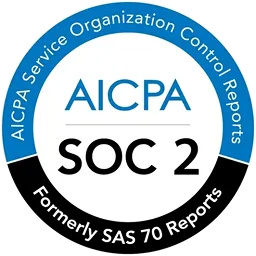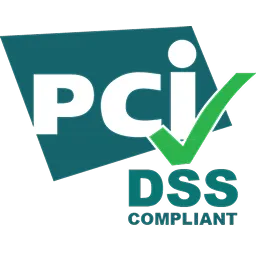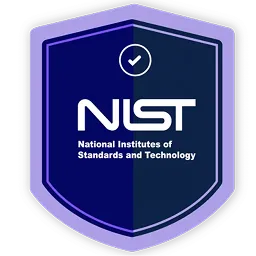IT support requests are essential for effective IT management in an organization. As an IT manager, you're tasked with managing numerous support requests. This article serves as a guide with a thorough understanding of IT support requests and their types. This will help you manage requests efficiently, streamline operations, and enhance productivity within your organization.
IT support requests play a crucial role in user communication as they provide a direct channel through which employees/users can seek assistance from your team.
In this article, we will discuss:
- Definition of IT support requests with an example
- Types of IT support requests
- Common issues in IT support requests
- A solution to manage these requests
What are IT Support Requests?
IT support requests are the primary channel for employees to seek assistance with technical issues affecting their work. These requests are formal inquiries employees make to the IT department, seeking help to resolve the issues they come across regularly.
To illustrate, let's consider a scenario where a new sales team member joins your organization. As part of their role, they need access to the customer relationship management (CRM) software to input client data and track sales progress. However, they encounter an error message indicating insufficient permissions upon attempting to log in.
In this situation, the employee would submit an access request to your support team, outlining their need for CRM access. Your team would then review the request, verify the employee's credentials, and grant them the necessary permissions to access the CRM software. Once the access is granted, the employee can seamlessly integrate into their role without any further hindrance.
Moreover, IT support requests encompass a wide range of issues, including software glitches, hardware malfunctions, network connectivity issues, and cybersecurity concerns. Each request is unique, presenting its own set of challenges and requiring tailored solutions to address effectively. Therefore, maintaining a streamlined IT support system is crucial for businesses to ensure uninterrupted operations and foster productivity across all departments.
Types of IT Support Requests

Various types of support requests arise, each catering to distinct needs within an organization. Understanding these categories is essential for efficient IT management and support delivery. Let's explore the types.
1. Technical Support
Technical support requests encompass troubleshooting and resolving issues related to hardware, software, networks, and other IT infrastructure components. These can range from system errors and connectivity issues to hardware malfunctions and software bugs. Prompt and effective technical support is crucial for maintaining operational continuity and minimizing downtime.
2. Product Support
Product support requests pertain to assistance with specific software or hardware products deployed within the organization. Whether it's configuring settings, understanding features, or resolving functionality issues, product support ensures that users can leverage technology to its fullest potential. Timely product support enhances user productivity and satisfaction.
3. Software Access Support
Software access support involves managing user access permissions, credentials, and authentication mechanisms for various applications and platforms. This includes password resets, account activation, user role assignments, and troubleshooting access-related issues. Secure and streamlined access processes are essential for maintaining data integrity and information security.
4. Billing Support
Billing support requests involve addressing inquiries and concerns related to IT service subscriptions, invoices, payment processing, and billing discrepancies. Clear communication and transparent billing practices are fundamental for fostering trust and accountability between the IT department and stakeholders. Efficient billing support ensures smooth financial transactions and budget management.
5. General Inquiries
General inquiries encompass a broad spectrum of non-technical questions, ranging from IT policies and procedures to recommendations for technology solutions. These requests may involve seeking guidance on IT best practices, clarification on organizational IT policies, or exploration of potential IT investments. Providing comprehensive and accessible information fosters a culture of transparency and empowers users to make informed decisions.
7 Common IT Support Requests
We will discuss 7 of the most common problems that employees within your organization request IT support to solve.

1: Password reset
In any organization's daily operations, your team encounters a recurring challenge: the frequent demand for password resets. Despite technological advancements and security protocols, password-related issues persist as common IT support requests for employees across various industries.
The complexity of modern password policies often contributes to the rise in reset requests. To improve security measures, many organizations implement stringent password requirements, mandating combinations of uppercase letters, numbers, symbols, and frequent changes.
While these measures are intended to fortify defenses against cyber threats, they inadvertently burden employees with memorizing and managing multiple complex passwords. This increases the likelihood of forgetfulness and subsequent reset requests.
Moreover, the rise of remote work exacerbates the challenge of password management. Employees access corporate systems and applications from various locations and devices, increasing the likelihood of forgotten passwords and necessitating remote assistance from your team.
2: Access requests
Access requests stand out as one of the most prevalent issues raised by employees across various organizations. The significance of access requests cannot be overstated, as they directly impact operational efficiency, security protocols, and overall productivity within the organization.
Whether it's gaining access to specific software applications, databases, or network drives, employees rely on timely access approvals to perform their roles effectively. Any delay or hindrance in fulfilling these requests can impede workflow, leading to frustration and potential disruptions in productivity.
Additionally, as employees transition between roles, departments, or projects, their access requirements may change, necessitating timely adjustments to permissions. Failure to promptly address these changes can result in access inconsistencies, leaving the organization vulnerable to security threats and operational inefficiencies.
Furthermore, in larger organizations or those with multiple departments, access permissions may be managed by different teams or individuals. This leads to fragmented processes and communication gaps. Thus, centralizing access request management through dedicated IT systems or ticketing platforms can streamline the approval process, enhance transparency, and ensure accountability across the organization.
3: License and subscription management
One common issue is the complexity of managing multiple licenses and subscriptions across various platforms. With multiple software in play, it's easy to lose sight of who has access to what, leading to potential security risks and compliance headaches.
Then there's the challenge of keeping track of renewals and expirations. If not managed properly, they can unexpectedly expire, leaving employees stranded without access to vital tools. It's like finding out your passport expired while standing at the airport check-in counter – not a fun situation!
Moreover, the sheer volume of licenses and subscriptions can strain IT resources. Each license or subscription often requires manual procurement, deployment, and management oversight. Multiply that by the number of employees and software tools in use, and you've got yourself a significant workload.
Additionally, with the rise of remote work and BYOD (Bring Your Own Device) policies, the challenge of managing licenses and subscriptions becomes even more pronounced. Employees accessing software from various devices and locations add another layer of complexity to an already intricate puzzle.
4: Network connectivity issues
Network connectivity serves as the backbone of every organization's operations. From emails to accessing critical business applications, employees rely heavily on a seamless network connection to perform their tasks efficiently. However, despite technological advancements, network connectivity issues persist as one of the most common challenges employees face, prompting a significant number of IT support requests.
With remote work becoming increasingly common, employees often connect to the corporate network from various locations and devices. This diversity introduces complexities in network configurations and compatibility issues, making connectivity disruptions more likely.
Moreover, the growing reliance on cloud-based applications and services amplifies the impact of network connectivity issues on employee productivity. Many essential business tools operate over the network, such as customer relationship management (CRM) systems, collaboration platforms, and file-sharing services.
Any disruption in connectivity impedes access to these critical tools, disrupts collaborative efforts, and hampers timely decision-making processes. Consequently, employees are quick to escalate network-related issues to IT support, seeking prompt resolution to minimize workflow interruptions.
5: Email-related problems
Email-related issues persist as a constant problem for IT departments. It's a familiar scenario: employees reaching out for support are frustrated by glitches, delays, or outright failures in their email systems. This challenge is a significant drain on resources and productivity.
When email malfunctions, it disrupts the flow of vital information, hindering collaboration, decision-making, and, ultimately, business operations. Whether it's an inability to send or receive messages, server downtime, or attachment issues, even minor disruptions can snowball into major setbacks.
Moreover, employees rely heavily on emails. In many organizations, email serves as the primary mode of communication, surpassing even face-to-face interactions in frequency. As such, any disruption in email functionality can bring productivity to a grinding halt, leading to missed deadlines, misunderstandings, and frustrated clients or customers.
Therefore, addressing email-related issues requires a multi-faceted approach. Proactive maintenance, regular updates, and robust security protocols are essential to minimize disruptions and mitigate risks. Additionally, providing comprehensive user training and support can empower employees to troubleshoot common issues independently, reducing the burden on IT resources.
6: Security concerns
Employees often encounter security-related challenges due to the evolving nature of cyber threats. With hackers employing sophisticated tactics to breach systems and steal sensitive data, employees rightly feel vulnerable to potential attacks. This heightened risk necessitates proactive measures to safeguard against unauthorized access and data breaches.
Moreover, the increasing reliance on digital platforms and remote work arrangements exacerbates security concerns. As employees access company networks from various devices and locations, the potential for security breaches multiplies. This distributed workforce model necessitates robust security protocols to mitigate risks associated with remote access and ensure data confidentiality.
In addition, the human element remains a significant factor in security vulnerabilities. Despite implementing stringent security protocols, employees may inadvertently compromise sensitive information through negligent or uninformed behavior.
From clicking on malicious links to sharing passwords, human error poses a persistent threat to organizational security, underscoring the need for comprehensive employee training and awareness programs.
7: Data loss or retrieval requests
Data loss or retrieval requests are among the most prevalent issues prompting employees to seek IT support. Let's examine why.
- Cybersecurity threats pose a significant risk to data integrity. Malicious actors constantly seek to exploit vulnerabilities within IT infrastructure, potentially leading to data breaches or ransomware attacks. In such cases, swift action is imperative to mitigate the impact and restore any compromised data.
- Human error remains a persistent factor in data loss scenarios. Despite technological advancements, employees can inadvertently delete or misplace important files. Whether it's accidental deletion or unintentional overwriting, these slip-ups can lead to substantial data loss if not promptly addressed.
- With numerous interconnected platforms and cloud-based solutions, navigating the landscape of data storage and retrieval can be daunting for employees. This complexity often leads to confusion and errors, resulting in data loss incidents requiring IT intervention.
- The evolving regulatory landscape adds another layer of complexity to data management. Compliance requirements such as GDPR or HIPAA mandate strict data protection and privacy protocols. Failure to adhere to these regulations can result in severe penalties, further underscoring the importance of robust data loss prevention measures.
How to Handle IT Support Requests
Handling IT support requests manually can be daunting. With the sheer volume of requests that come in daily, it becomes increasingly difficult to keep track of everything and ensure timely resolution. That's where implementing a suitable ticketing system comes into play.
Your team can efficiently manage and prioritize IT support requests by utilizing a ticketing system. Each request gets logged into the system, allowing easy progress tracking and ensuring no request falls through the cracks. This improves response times and enhances overall user satisfaction by providing transparency and accountability.
However, finding the right ticketing system can be challenging amidst the myriad of options available. If you're looking for an all-in-one solution that handles IT support requests and offers additional functionalities, then Zluri might be a fit for your organization.
Zluri goes beyond traditional ticketing systems by offering an access request solution that enables you to go ticketless. With Zluri, you can streamline access request management within your organization, eliminating the need for cumbersome ticketing processes. This saves time and resources, and enhances security by ensuring access requests are efficiently processed and monitored.
Overall, a suitable solution can streamline your IT support requests, reduce your team's workload, and help them focus on more strategic tasks.






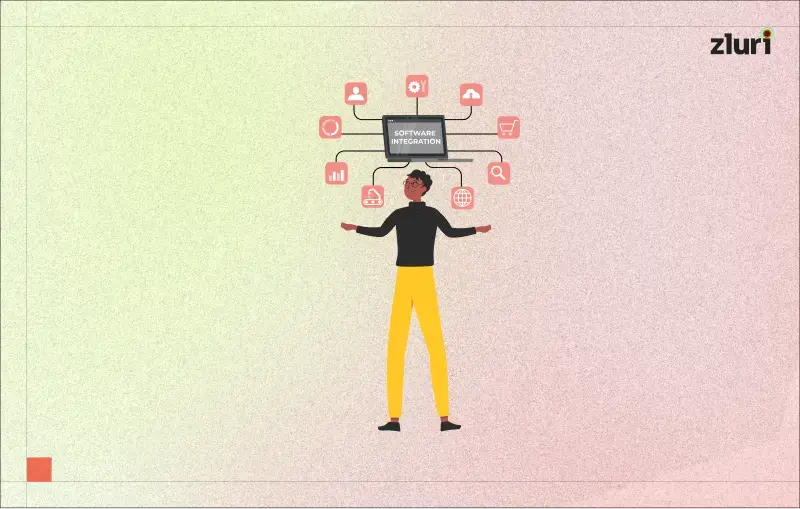

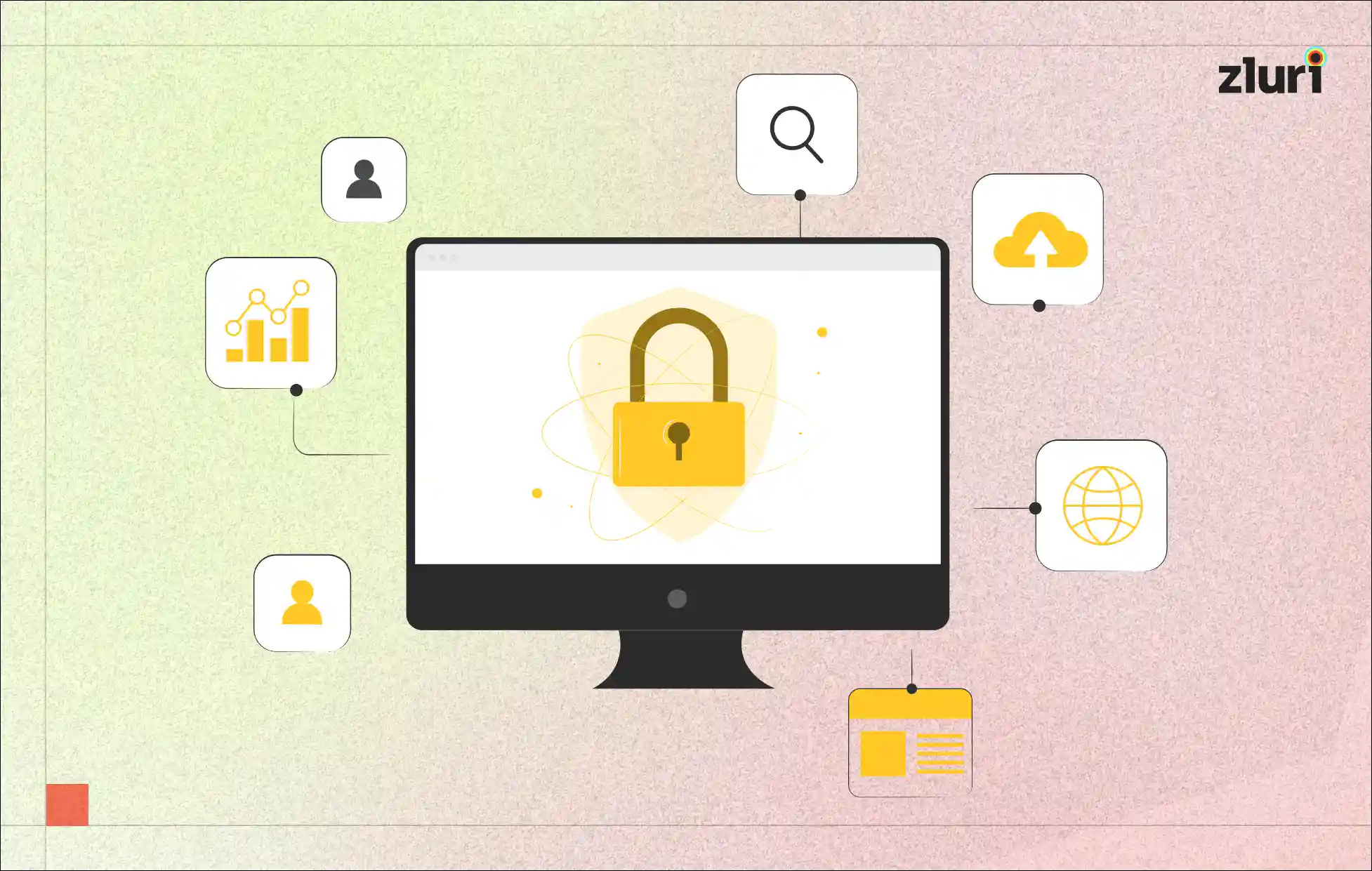
.svg)



